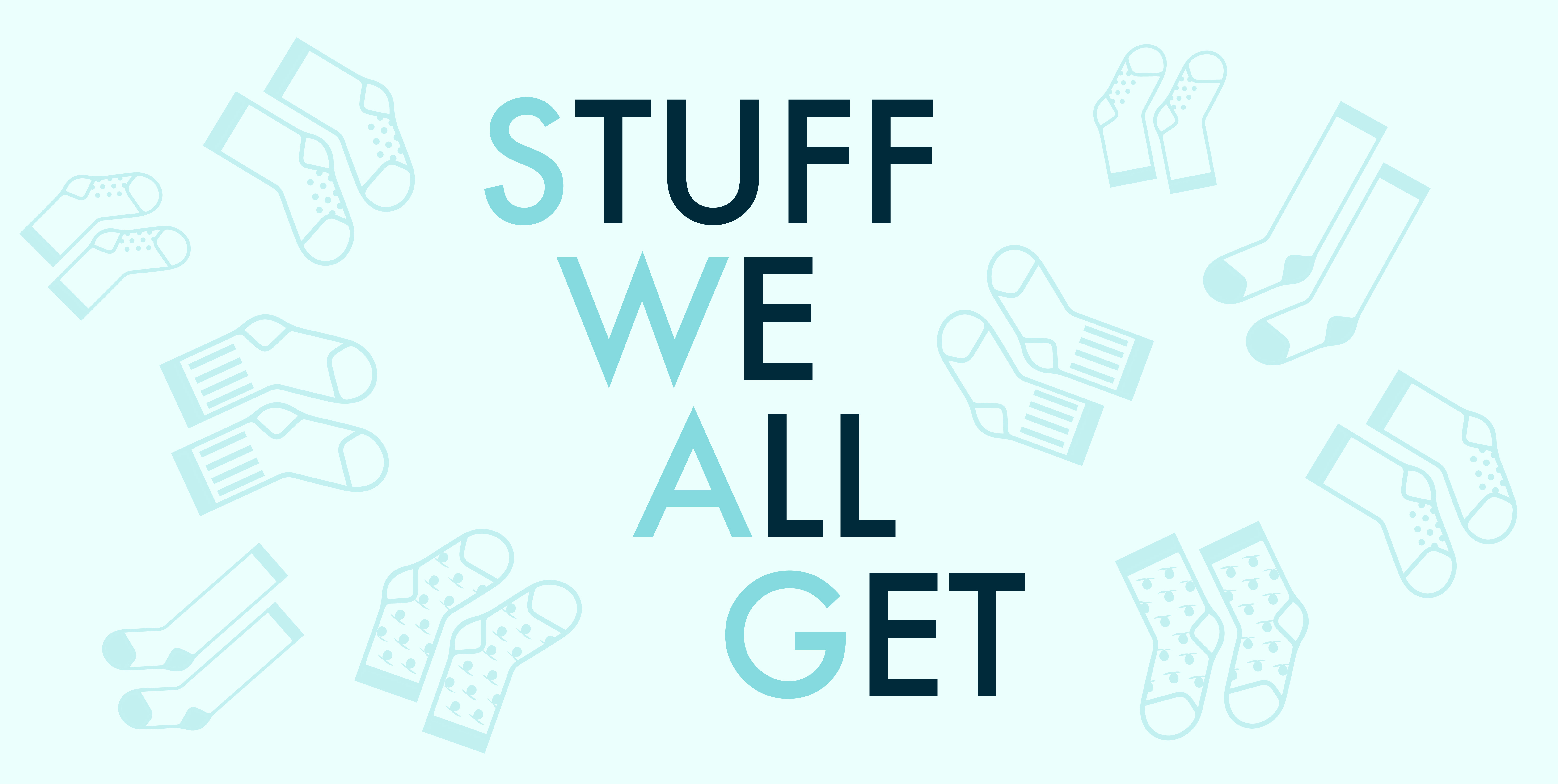Introduction
You’ve heard the team talk about swag, so now you’re wondering “what does swag stand for in business?”, right?
You’re not alone.
This article explores the evolution of this slang-turned-marketing tool and how it’s revolutionizing branding strategies with its modern definition.
We’ll share an example using personalised socks and share the trends taking the swag world by storm.
Buckle up for a fascinating journey through the world of swag!













.jpg)






